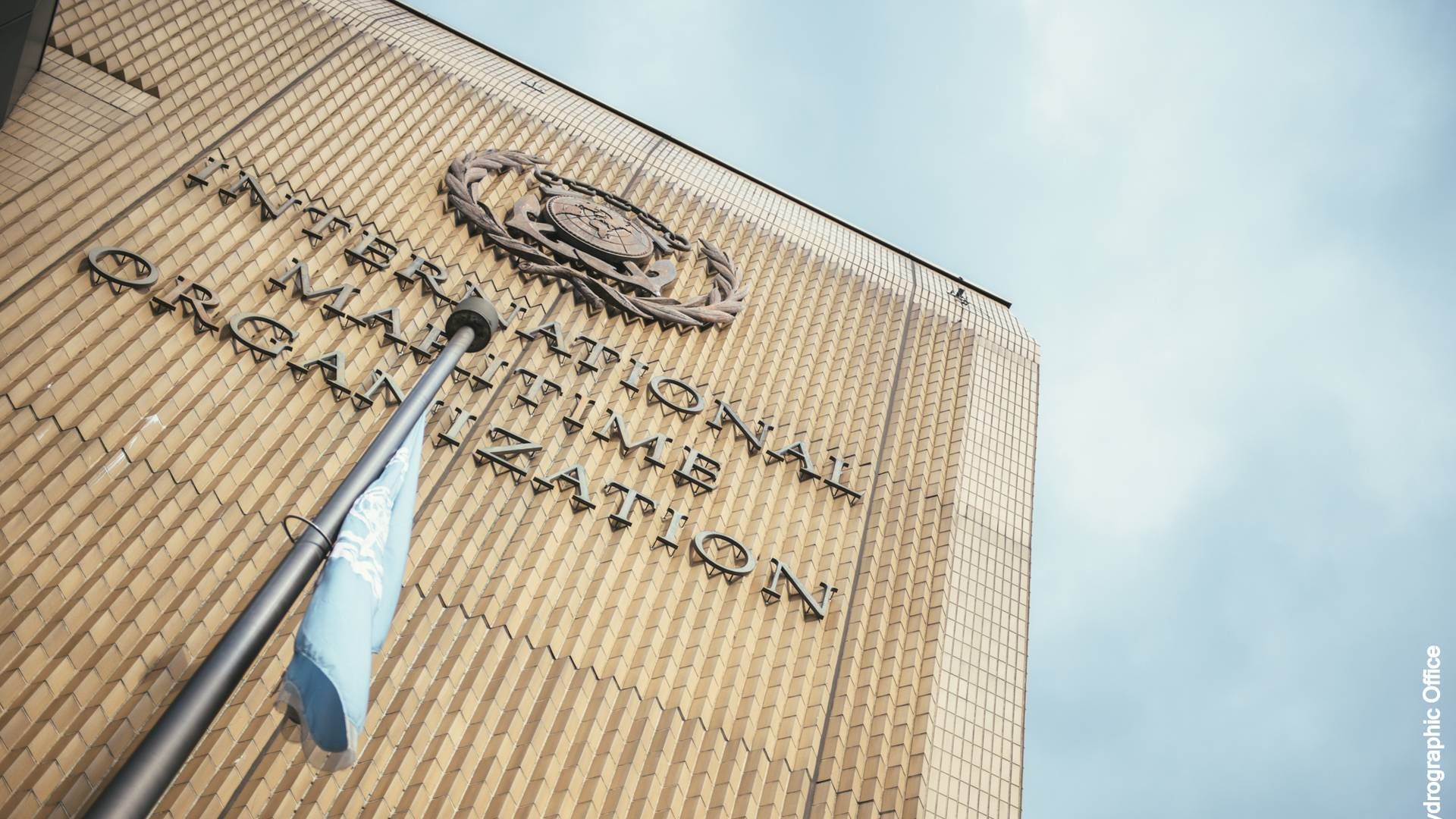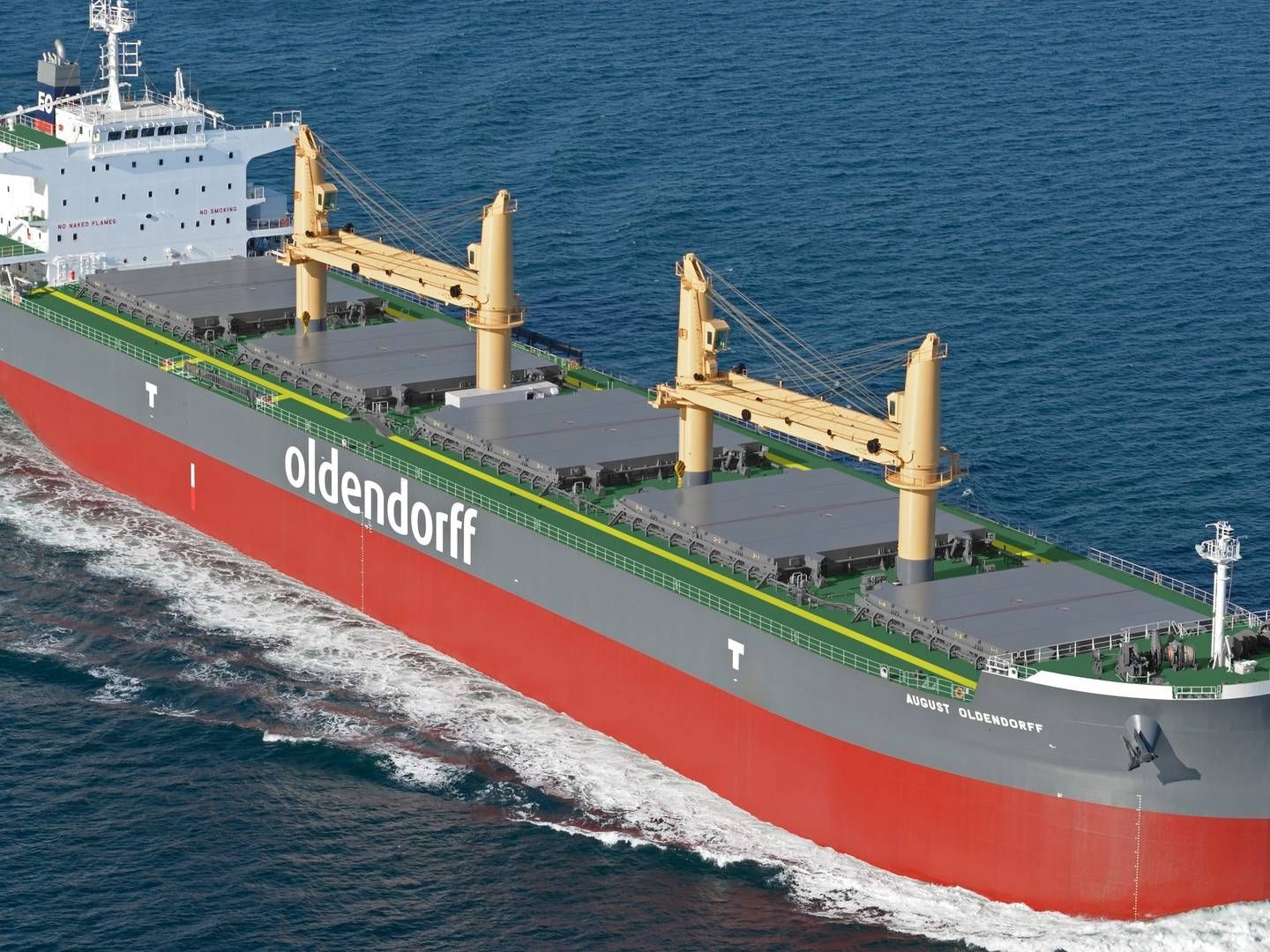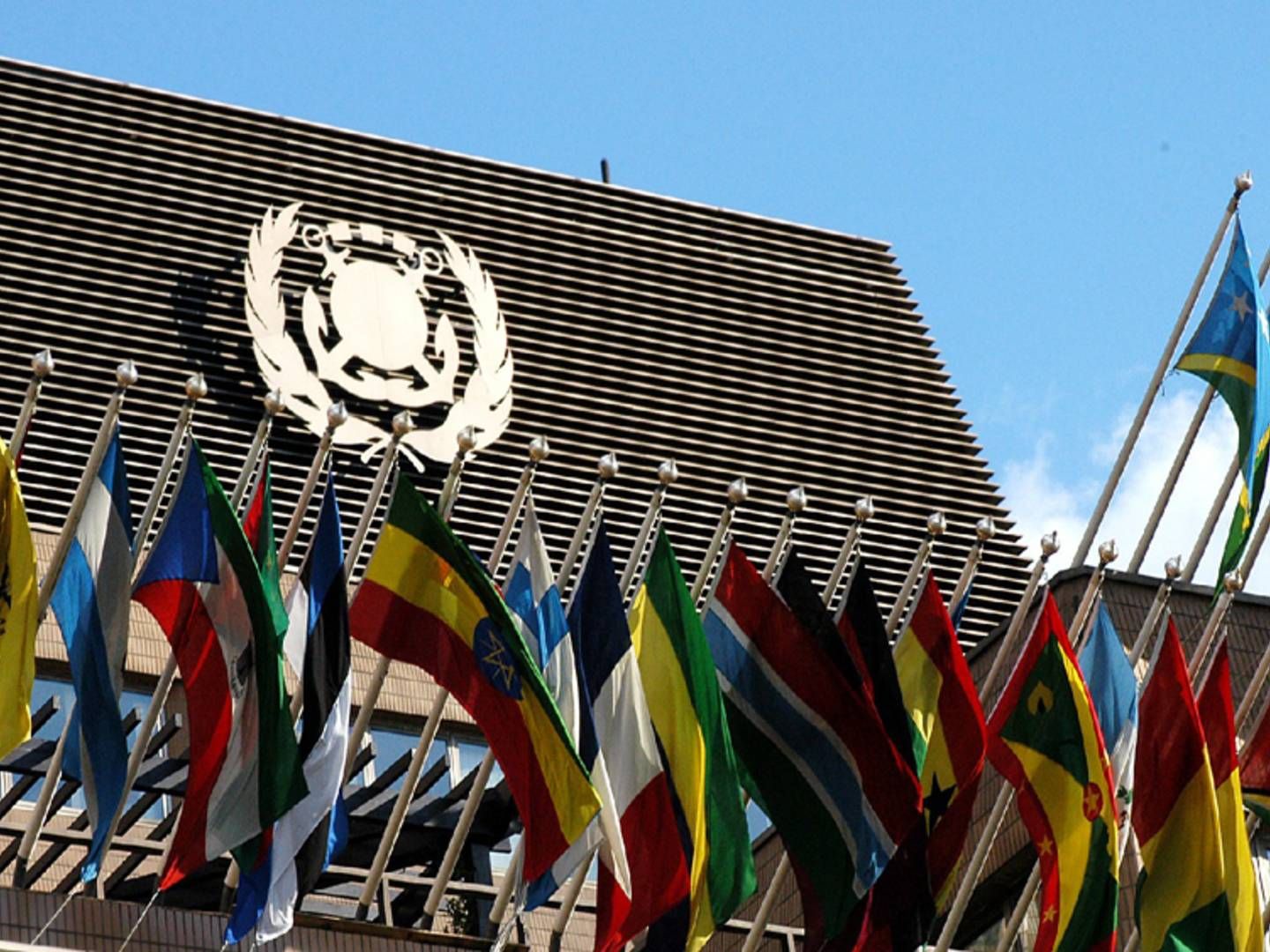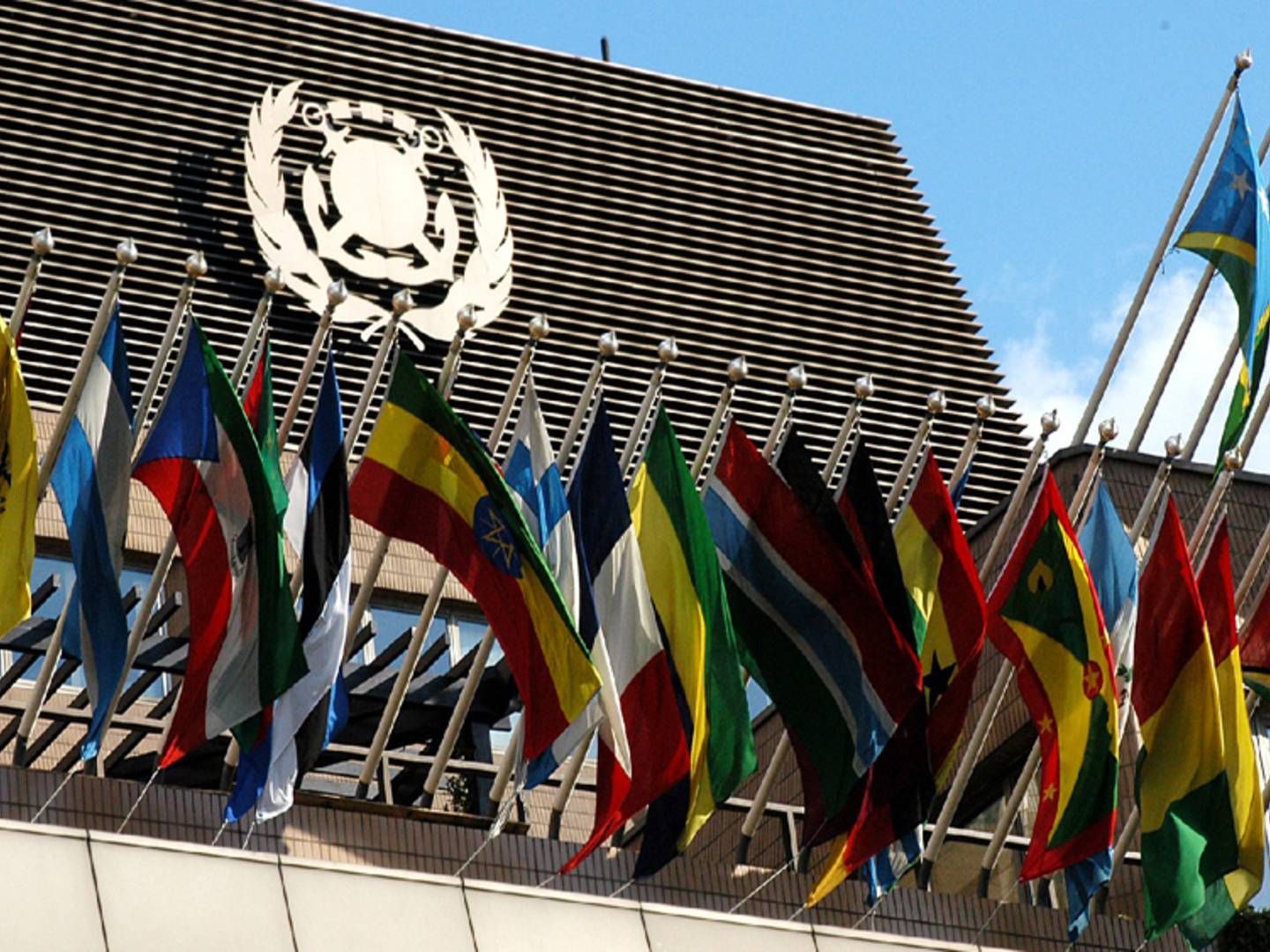Two major aspects needs addressing when IMO convenes this week

This week, International Maritime Organization (IMO) members meet up in the London-based headquarters to continue working on how global shipping is to live up to the Paris trajectories and the organization’s own climate ambitions.
To ShippingWatch, decision makers in London highlight two major aspects on the agenda at the MEPC79: A carbon levy on shipping emissions, and a revision of IMO’s climate targets for 2050.
The Danish delegation, however, does not expect any major breakthroughs during this week’s committee.
”No one is expecting any major breakthroughs in negotiations during this week’s assembly. It is likely, however, that we’re to come to an agreement on a number of aspects underpinning our climate strategy,” says Deputy Director in the Danish Maritime Authority Rikke Wetter Olufsen, who heads the Danish delegation in London.
Shipping organization Bimco is especially focused on how member states go about revising the final strategy in terms of both short-sighted measures and the scale of overall ambitions.
”The work with mid-term measures is making headway. We are not expecting any breakthroughs regarding details and implementation of such measures on this summit,” says Bimco Deputy Secretary General Lars Robert Pedersen.
The IMO has already declared ambitions about reducing greenhouse gas emissions for shipping by 50 percent by 2050, while pursuing net-zero targets as quickly as possible.
Agreement on fees
Among short-term measures to enable the industry to reach that target, several member states have proposed a levy to be paid per tonne purchased fuel.
But disagreements loom between delegates regarding specific details pertaining to such a levy, including amount specifications, with suggestions ranging between USD 20 up to USD 100.
According to ShippingWatch’s sources, more and more stakeholders support levies for shipping. South Korea is the latest player to support fees on shipping emissions, show documents sent to the IMO ahead of the meeting.
At the MEPC80 this summer, member nations are to decide on a timeframe for implementation of fees, with specific details to be decided at a later juncture.
Parallel to the rising support for levies on shipping, member nations are divided into two sections when it comes to agreeing on ambitions levels, and what the money should be used for instead.
Some parties seem to think that agreeing to fees should lead to exemption in that area, while others have specific suggestions for how the money should be spent. The sustainability-promoting nations are pushing for instating large fees so the money can be used in green transition efforts, according to sources.
Denmark is among countries opting for implementation of high fees and zero-sum emissions by 2050.
They opt to pave the way for a market-based mechanism to even out differences in prices between green and fossil fuels, and maintain that there is a ”need to decide on viewing fuels in their entirety,” writes Head of Security, Health, and Environment at Danish Shipping Maria Skipper Schwenn about her expectations to this week’s assembly.
More ambitious targets
As stated, the size of the fee is to be agreed on at a later junction, when a date for implementation has been set.
But there will likely be a greater interest for further development since the EU in late November landed a preliminary agreement on how shipping is to be absorbed into the union’s quota trade system, ETS.
EU lands preliminary agreement for CO2 quotas for shipping
The summit happens at a time with combined pressure for more ambitious IMO targets regarding net-zero emission by 2050 – a trajectory following countries like the US, UK, and many other industry operators.
But all parties keep their cards close to their chest going into the meeting running from Dec. 12-16.
No one is budging because revealing one’s stance is seen as a sign of weakness, a source from London explains, and that applies to both green and fossil supporters.
Criticized calculation method
According to sources, changes could be made in relation to the CII regulation, which becomes effective as of Jan. 1, 2023, especially in regards to the calculation method, Annual Efficiency Ratio (AER), which has been highly criticized, in particular by sustainability-promoting nations, as reported by ShippingWatch.
Is the sulfur regulation actually a bad idea for the environment?
Pressure could be added to include the so-called Energy Efficiency, Operational Indicator (EEOI), which in contrast to AER measures a vessel’s actual transportation work.
”Specifically in relation to AER in CII, we hope there will be broad support to the EU proposal about including more information – for instance, ships’ transportation work – in the reporting to the IMO DCS system. We are aware, however, that it could become a difficult process as many consider the asked-for information commercially confidential,” says Wetter Olufsen.
The CII regulation currently aims to use AER and is not set for an update before 2026, but one can choose to include EEOI already now in order to have data ready ahead of the CII revision.
English edit: Simon Øst Vejbæk
Report: Shipping must halve fossil fuel use prior to 2030
COP27 outcome only adds more pressure on IMO
ICS sends new proposal to IMO on climate fund for shipping’s green transition
Related articles
COP27 outcome only adds more pressure on IMO
For subscribers




















